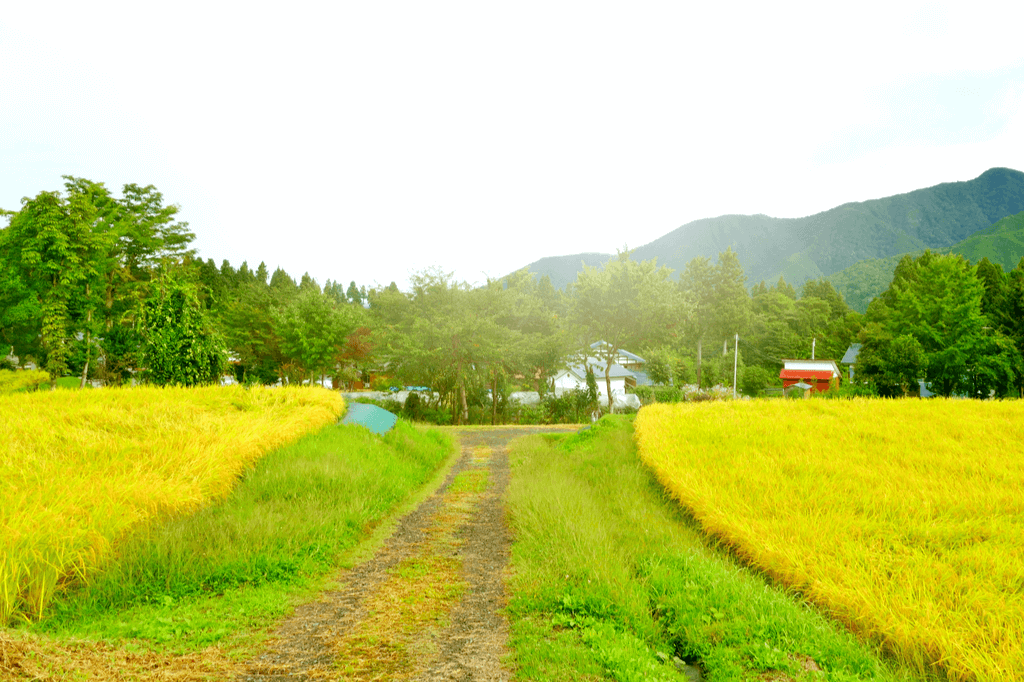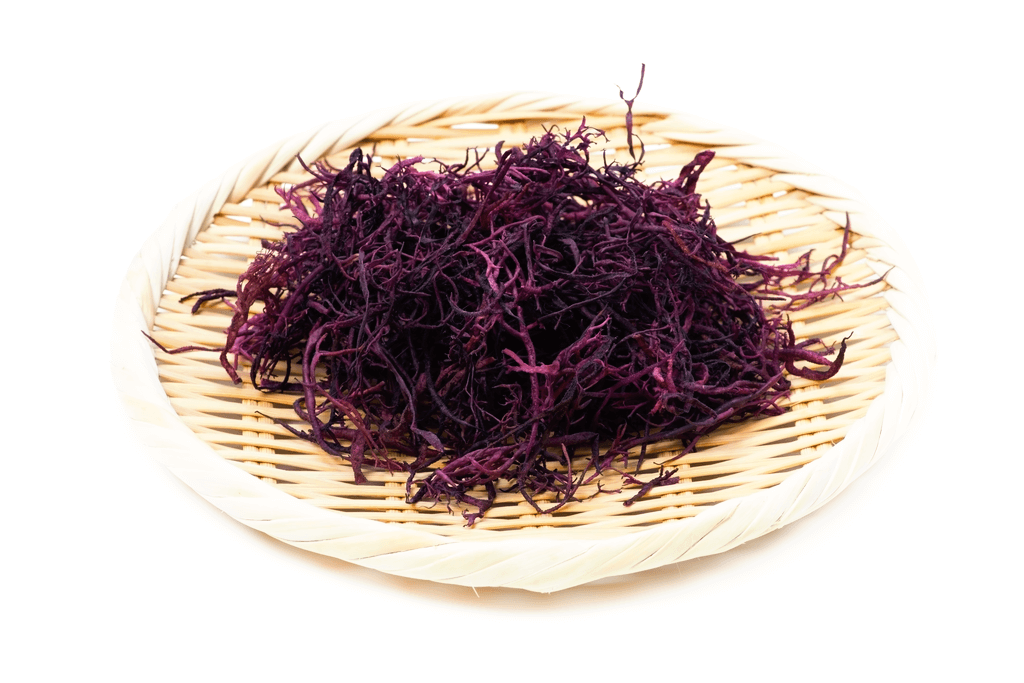hegisoba, japanese food, niigata
Green Noodles (Hegisoba): Niigata’s Best Specialty
James Lau
Posted on January 18, 2023
Share:

Green noodles, or hegisoba, is a noodle dish specialty from Niigata. It has a unique presentation and a special ingredient that provides a unique texture when you bite it. Let’s look at the culinary history behind this fantastic dish and why it is essential.
What is Hegisoba? Why are they green noodles?
Hegisoba is a Niigata-originating soba noodle dish from Uonuma, famed since the Edo era. During that time, artisans in this area specialized in textile and buckwheat production. Farmers, especially, made their buckwheat noodles in a stone mortar. This method differed from the traditional dough rolling on a flat sheet.

According to legend, this unusual method gave Uonuma soba its uniqueness. However, wheat wasn’t available in the region at that time, therefore soba noodles utilized more local vegetables like burdock and yam.
When yams act as a binding agent, the flavor is distinct from soba, which uses wheat flour. Occasionally, noodle makers used eggs as binders, but this was very rare because they were a luxury during the Edo period.

At some point, someone blended buckwheat flour with a common material used in local textile production to observe the outcome. The funori fibers toughened the fibers, and the weaving process was aided by grinding and mixing in funori, a highly fragile red seaweed.
To strengthen the fibers and aid weaving, textile makers grounded funori – a type of delicate red seaweed – then mixed it into the thread. Funori is a rare seaweed that is only available in high quality once a year.
Are you looking to try out some authentic Japanese food? Check out Sakuraco! Sakuraco delivers traditional Japanese snacks, teas, sweets, and snacks from Japan to your door every month so you can enjoy Japanese delicacies at any time!

History of Hegisoba: Buckwheat Green Noodles
Eventually, funori was mixed into Uonuma’s soba, giving the noodles a silky texture while acting as a binding agent. Artisans today craft hegisoba in honor of Uonuma’s textile past, with noodles twisted into their trademark shape.
The word “hegi” comes from the word hegu, which means ‘to peel.’ A hegi is a square plate fashioned from cedar strips. Cold hegisoba is placed onto the board in layers like roof tiles and served to the customer, much like zarusoba or seirosoba.

There are many theories behind the origin of hegisoba’s fabric-like look. Each twist called a teburi or tebire, references the twisting and spinning motion used for weaving threads. Because weaving patterns are rare even in Japan, hegisoba is a tribute to local weaving culture. Hegisoba, due to its silky texture, is an ideal Niigata specialty to showcase the area’s established weaving and culinary traditions.
The soba itself takes on a pleasant, light green texture as opposed to the darker gray of typical soba. It is chewier in texture as well. With its smooth sheen and aesthetic plating, it’s sure to make any gourmet’s mouth water!
How do you eat hegisoba?
People consume zarusoba and hegisoba noodles with a unique dipping broth, mentsuyu, made with a secret recipe by each restaurant. In Uonuma, soba uses karashi (Japanese mustard) instead of wasabi, making it unique to the region.

Chopped green onions, chives, and seaweed strips are common condiments, and some regions add walnuts. In Uonuma, some eateries now have signs that read “mustard only,” “wasabi only,” or “both,” as wasabi’s accessibility has increased.
When eating hegisoba green noodles, spread mustard on one-half of the noodles, and dip the other half into the mentsuyu broth, preserving the two distinct flavors. The broth-dipped half is then topped with scallions and ground sesame seeds. Some restaurants may serve hegisoba with tempura vegetables as a side dish.
Where can you find hegisoba?
In modern Niigata Prefecture, two cities specialize in these green noodles: Ojiya and Tokamachi. Each town boasts over twenty restaurants with a variety of regional dishes. Because hegisoba is a Niigata specialty, travelers can get a soba ticket when they visit the local Tourist Information Centre.

There are restaurants all over the prefecture waiting for you to enjoy their prized hegisoba. However, if you can’t make it out to Niigata, you can head to Takumi Nakameguro in Tokyo to get some authentic hegisoba.
Have you ever tried hegisoba? How did it compare to regular soba? Tell us in the comments below!

Discover authentic flavors with Sakuraco
Get Sakuraco 

Discover authentic flavors with Sakuraco
Get Sakuraco 
Related Articles

Steam Train in Shizuoka: Riding the Oigawa Railway
For travelers who love history, beautiful views, and cozy retro vibes, this steam train is one of Shizuoka’s most charming treasures, with some of the best views. If you want to know more about this train, keep reading below!

Nara Japan: The Amazing Legend of the Sacred Dragon
In Japanese culture, dragons are spiritual beings that represent strength, prosperity, and a harmonious balance with the natural forces. Nara, Japan, has a unique story associated with sacred ponds and revered shrines throughout the region.

Nambu Tekki: Morioka’s Amazing Iron Craft
In the historic city of Morioka, Iwate Prefecture, a craft with over 400 years of history continues to captivate with its rustic beauty and practical charm. Nambu tekki, or Nambu cast iron, refers to traditional ironware, such as teapots, kettles, and decorative pieces, that embody the spirit of Tohoku craftsmanship.

Ebisu: The Cheerful Guardian of Luck and Prosperity
Religion in Japan involves a dizzying array of spirits and beings. These gods are inspired by ancient tales and used to symbolize nature’s bounty. However, they also profoundly impact daily life and are often sought out for help in challenging times


